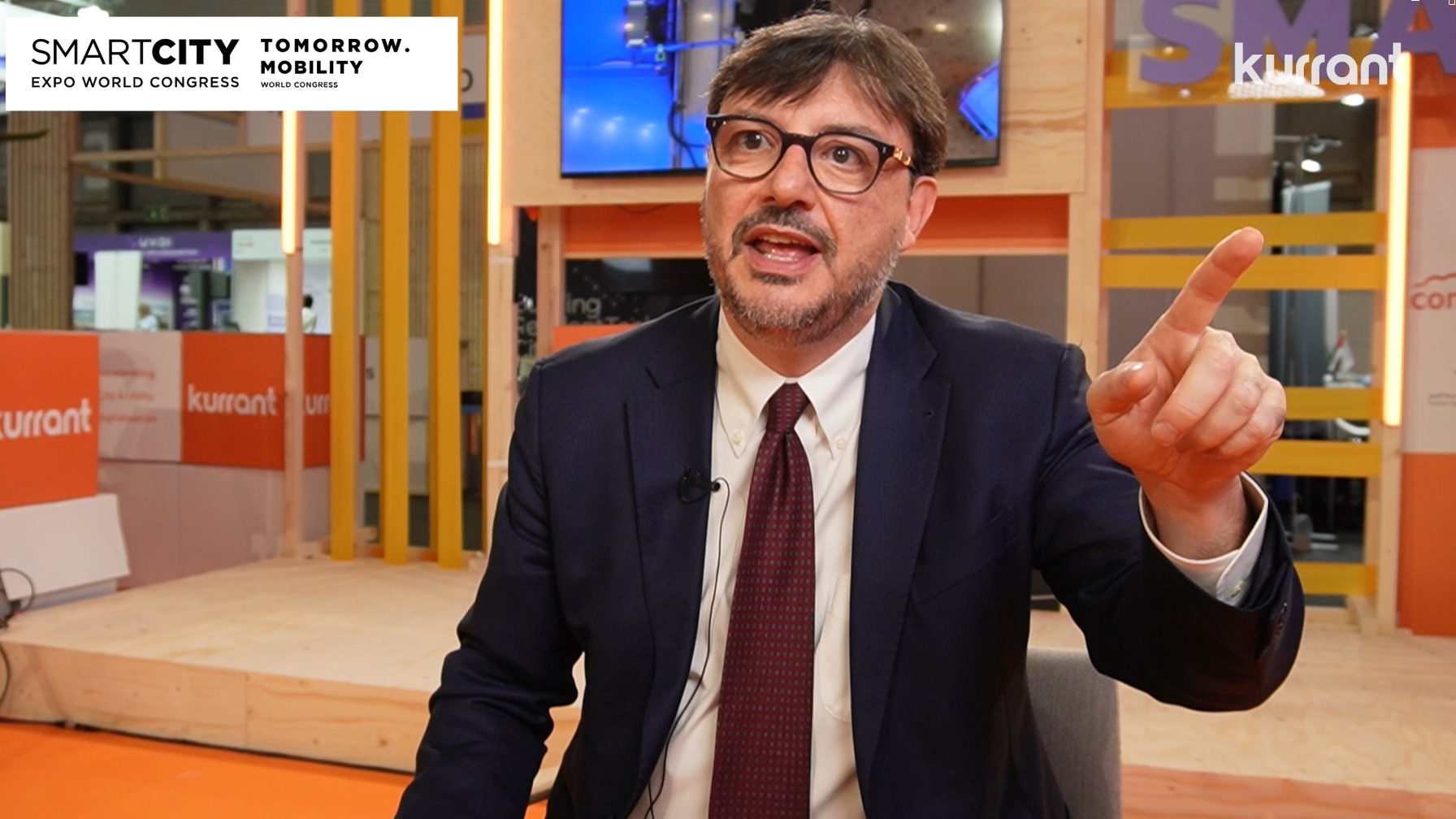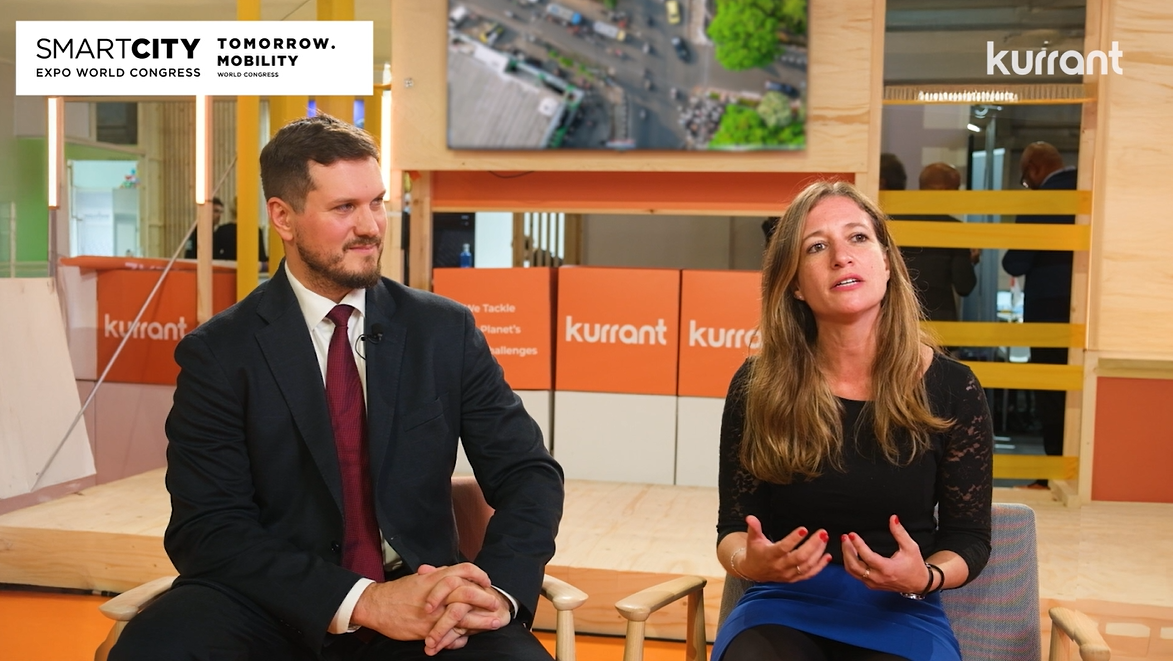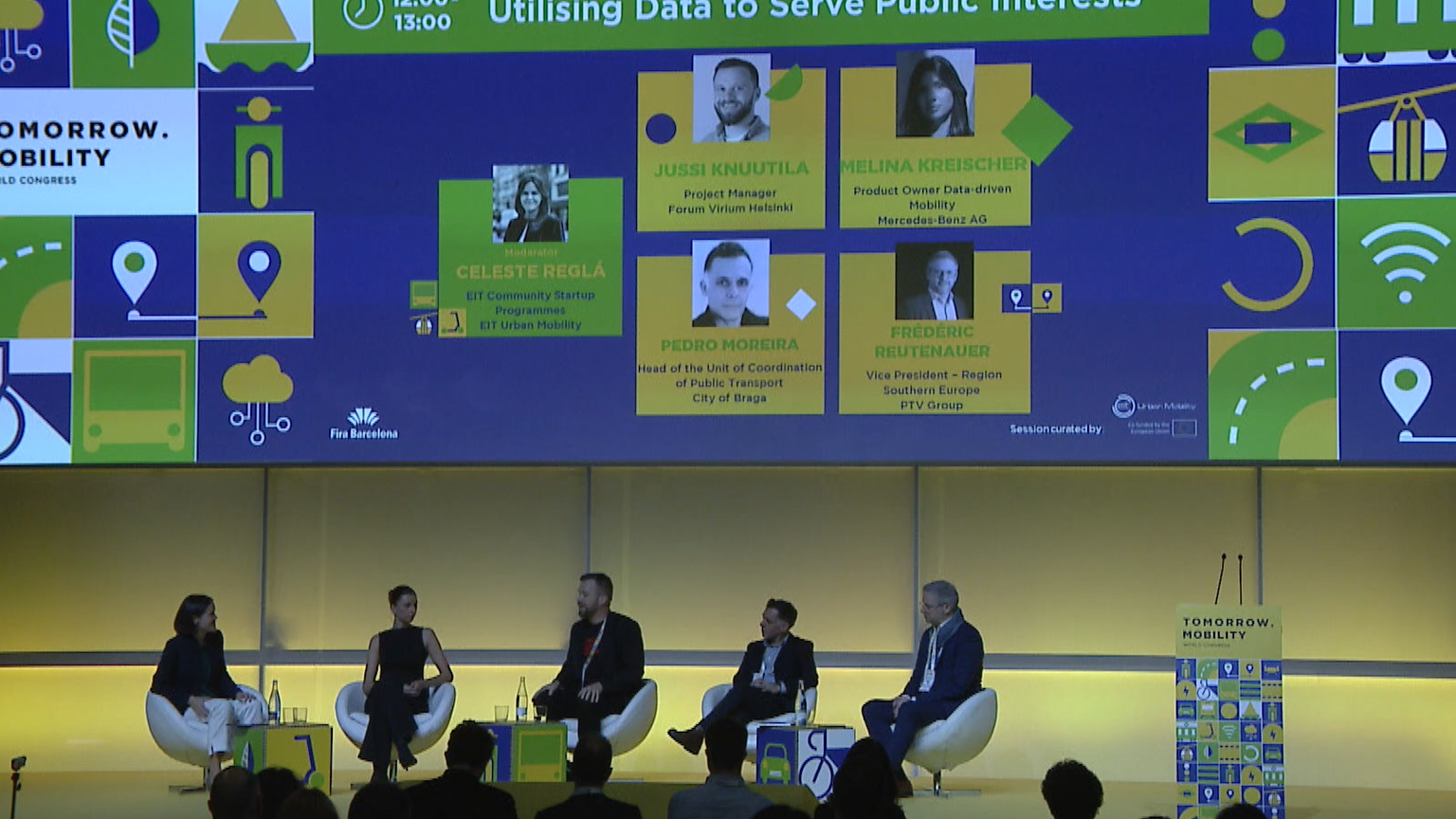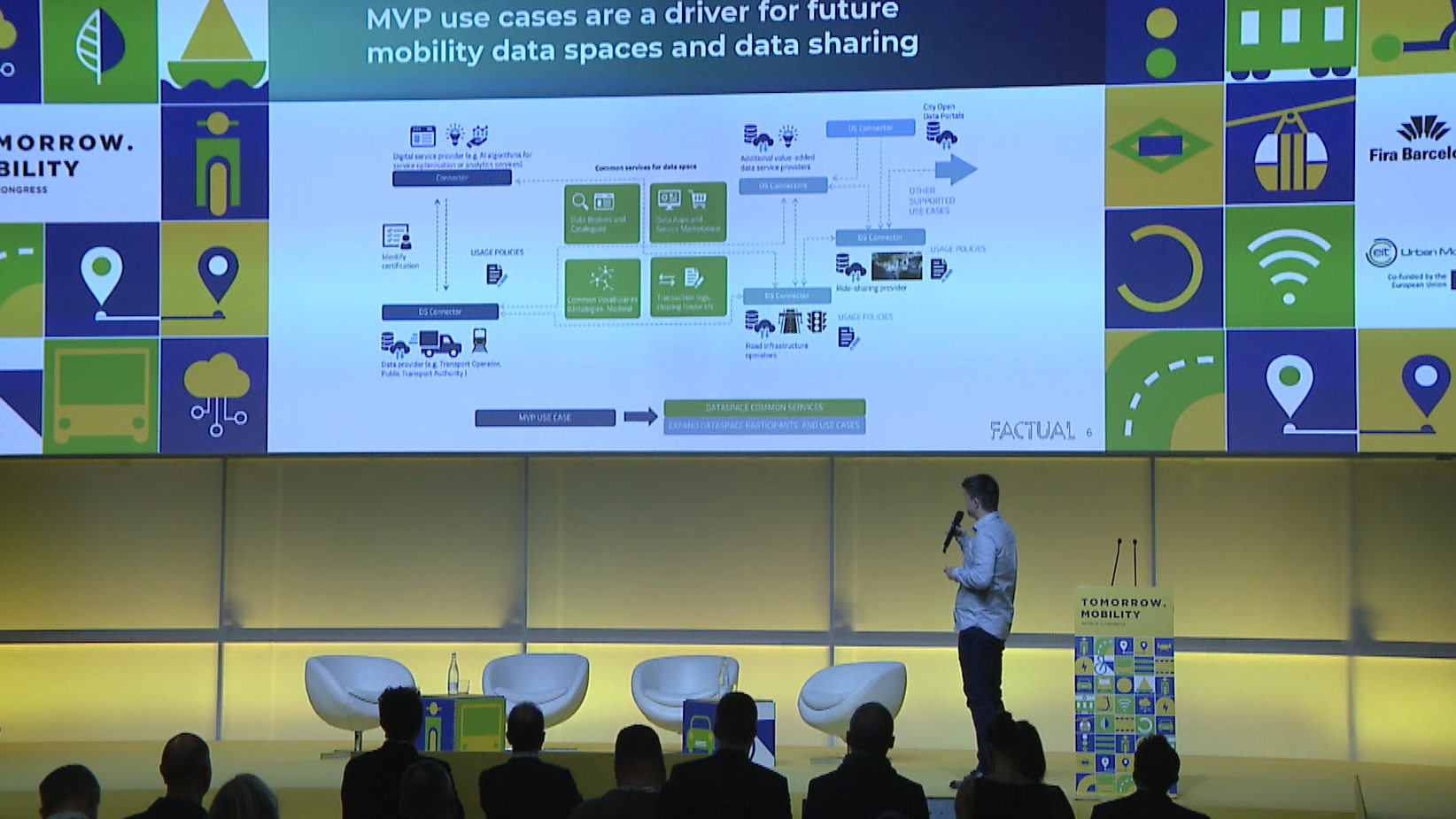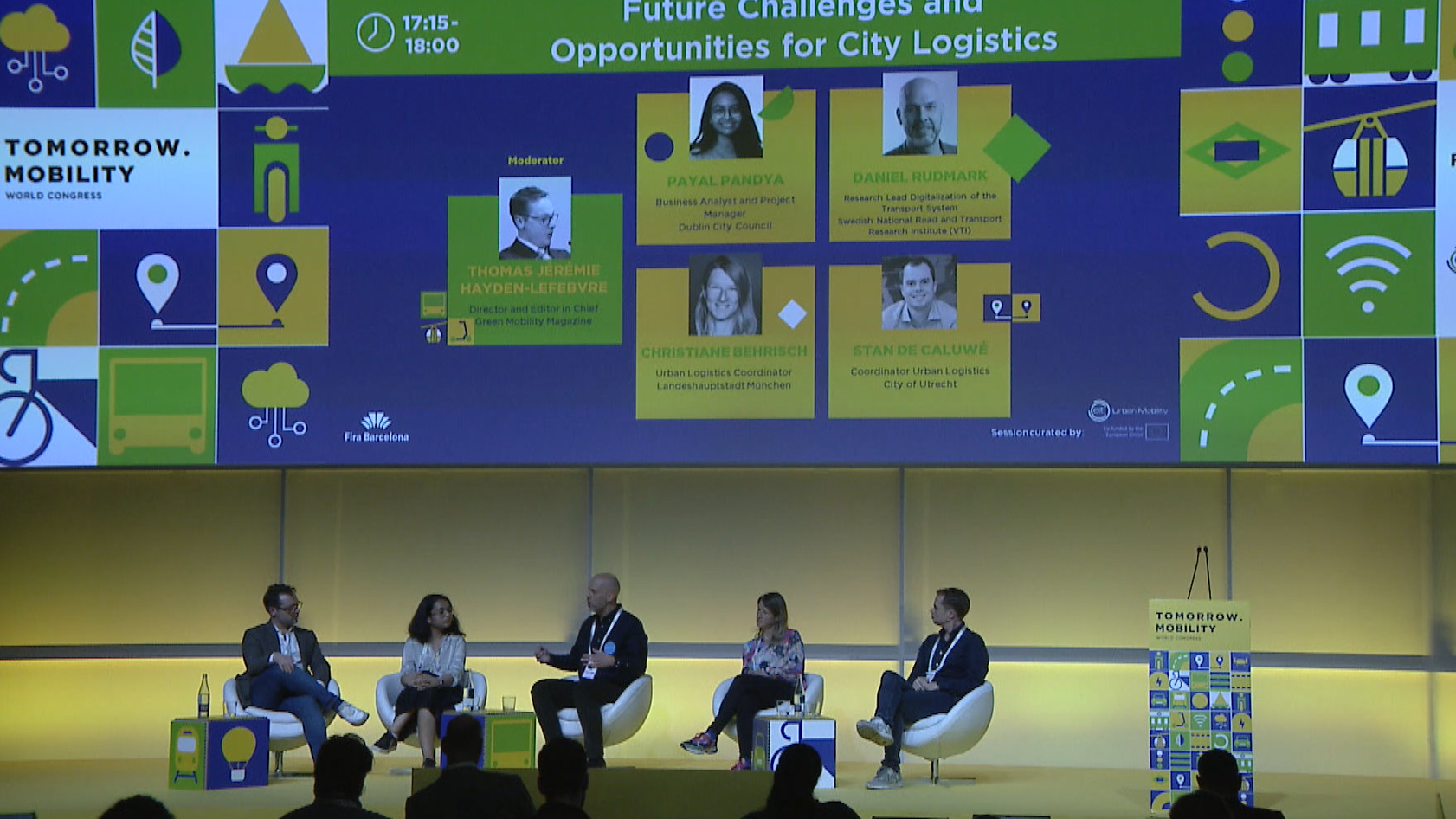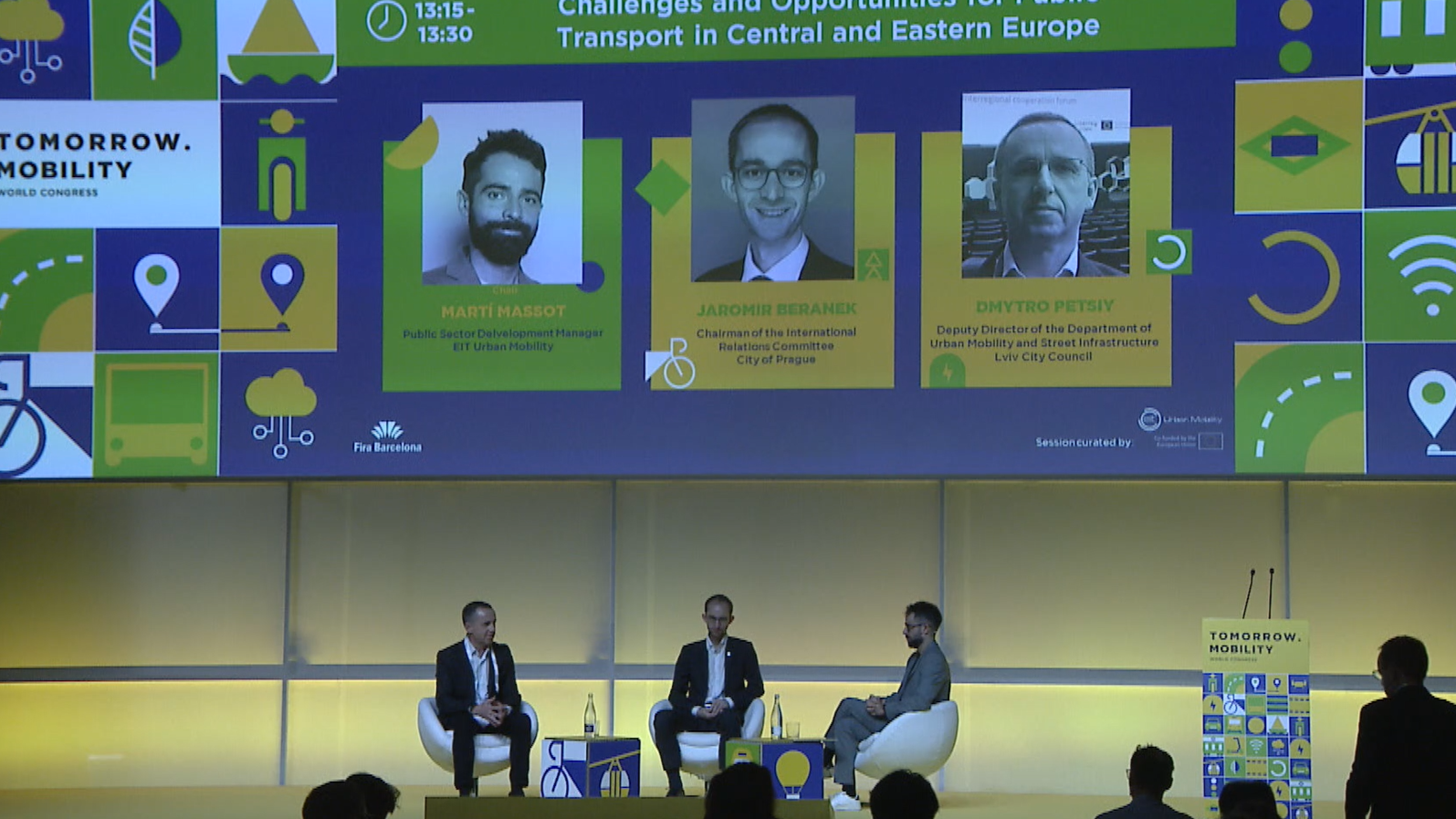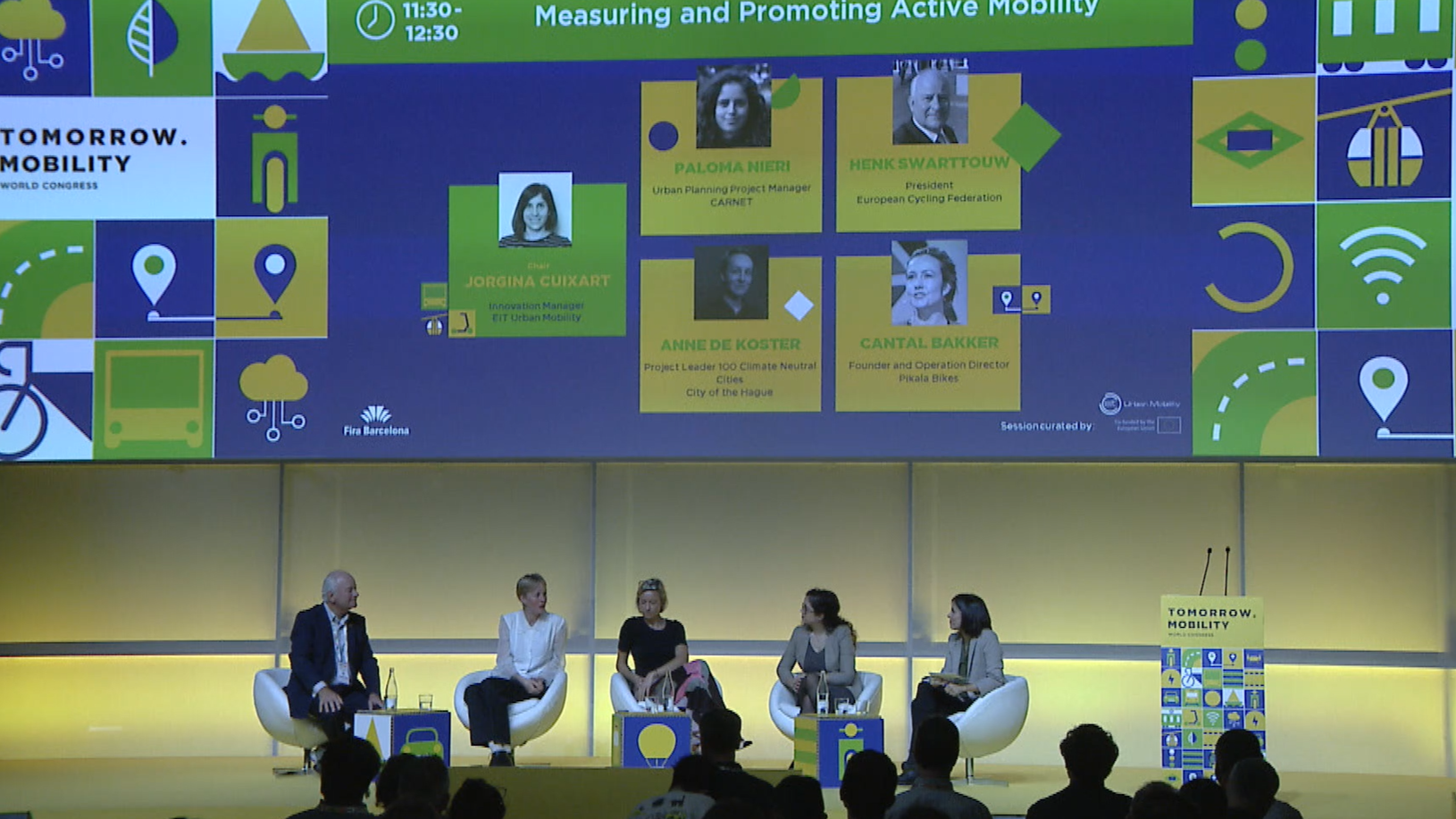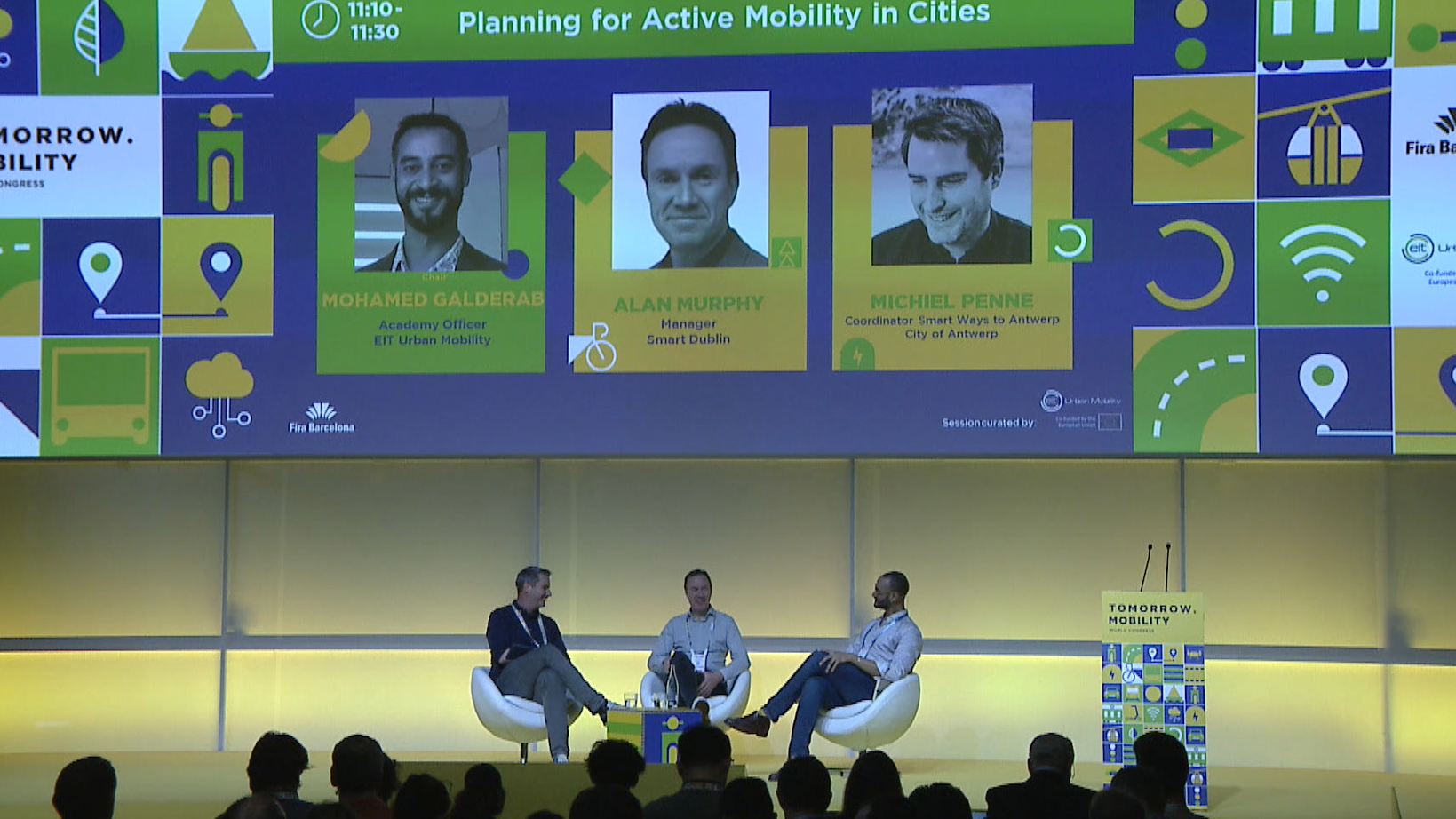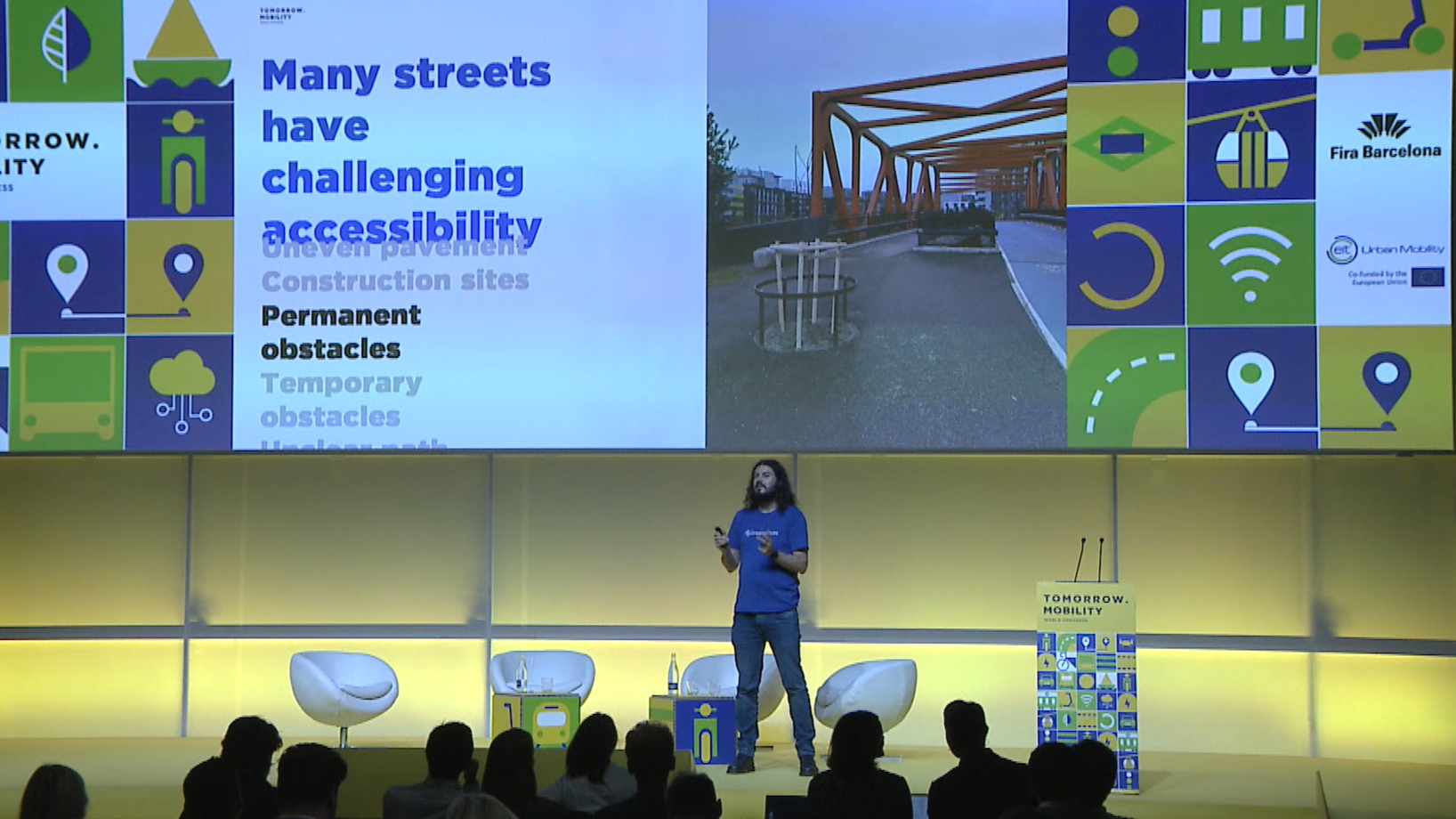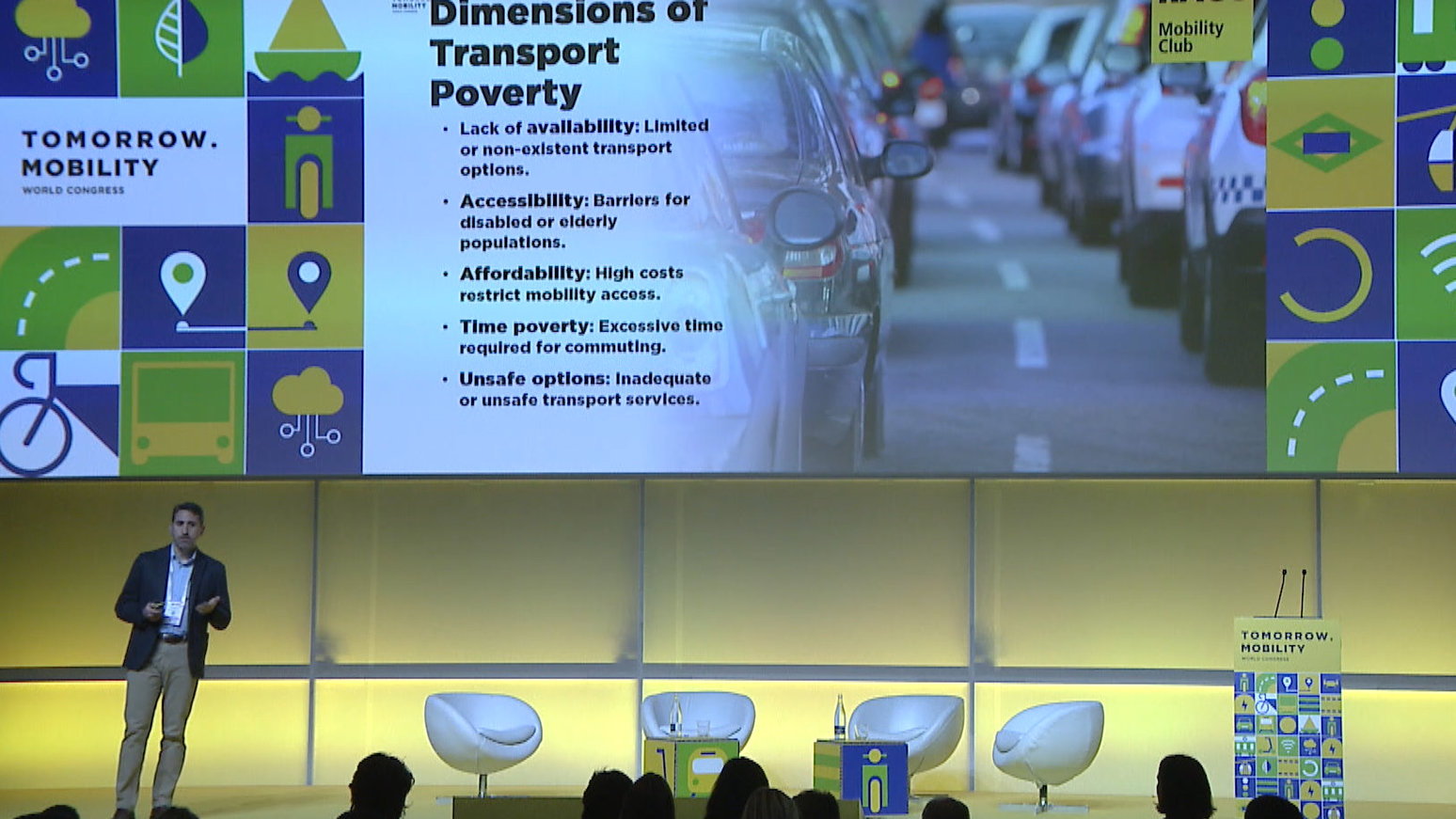This is a guest post by EIT Urban Mobility. EIT Urban Mobility is the leading innovation community for urban mobility in Europe, committed to accelerating the transition to sustainable urban mobility and more liveable urban spaces.

The summer of 2017 – dubbed by former New York Governor Andrew Cuomo as the ‘Summer of Hell’ in New York City’s transit history – was marked by derailments and delays. With only 65% of weekday trains reaching their destinations on time, a state of emergency was called for the Metropolitan Transportation Authority, the public transport operator for the New York City region. As a result, numerous short- and long-term proposals were introduced. One of these proposals was congestion pricing.
Thus, on 5 January 2025, New York City launched the United States’ first congestion pricing plan, and ever since there has been controversy, threats, and even litigation.
Congestion pricing is an Urban Vehicle Access Regulation (UVAR) strategy that adds surcharges for using crowded public goods, like roads, transit, electricity, or airspace, during peak times. When implemented on city streets, congestion pricing can take five main forms:
- Distance-based pricing: Charges based on how far a vehicle travels within a congested area.
- Time-based pricing: Higher fees during peak hours (e.g., Stockholm’s variable pricing).
- High-occupancy toll (HOT) lanes: Allows solo drivers to pay for access to carpool lanes.
- Vehicle type-based pricing: Higher fees for vehicles that emit greater greenhouse gas emissions.
- Cordon pricing: A fee to enter a specific zone (this is New York City’s model, with the area under Manhattan’s 60th Street designated as the ‘Congestion Relief Zone’).
Congestion pricing has multiple aims. Firstly, the plan helps to manage road congestion without expanding supply, avoiding the need to build more streets or highways in an already crowded city. Secondly, the tolls aim to disincentivise private vehicle use and therefore encourage public transport as a more environmentally sustainable alternative. Lastly, and as is the case with New York City’s congestion pricing plan, the tolls generated by the strategy can be utilised in other city infrastructural projects, namely, improving public transportation.
Congestion pricing plans are not new, and efforts to remove four-wheeled vehicles from certain parts of the city date back to Ancient Rome, but the rollout of New York City’s plan has been particularly controversial. The city previously attempted to implement congestion pricing in 2007, but the effort was blocked due to strong opposition. Now, after innumerable false starts, the programme has been launched, though it remains at risk due to federal scrutiny despite demonstrating significant revenue. As the US Department of Transportation moves to cancel the programme and New York City officials fight back, it is worth learning from the experience of other cities that have successfully integrated congestion pricing into their mobility strategies.
Singapore
Singapore is often cited as the global pioneer of congestion pricing, with a manual licensing model dating back to 1975. In 1998, it launched the Electronic Road Pricing (ERP) system – the world’s first fully automated road tolling scheme – to charge vehicles as they enter high-traffic zones. These rates are charged automatically for a seamless experience, and vary by location, time of day, and traffic volume.
While widely viewed as a policy success, ERP did face early skepticism from the public. Concerns emerged that the system disproportionately affected lower-income drivers and added a layer of surveillance to daily commuting. To address this, the government made transparency a priority, clearly communicating the system’s objectives and publishing data showing improvements in traffic flow and air quality. Revenues were reinvested in public transportation, improving the system and encouraging a modal switch for drivers who felt financial pressure due to the ERP system.
The positive impacts of ERP were quickly evident: traffic volumes dropped during peak hours, commute times improved, and emissions declined. These visible results helped turn public opinion, and the policy has since gained long-term acceptance. Singapore is now preparing to roll out a next-generation, satellite-based ERP system starting later this year, which will enable distance-based pricing and even more precise congestion management.
Stockholm
Stockholm introduced congestion pricing in 2006, first as a limited trial, aiming to reduce traffic in the city center and improve air quality. Based off of a cordon model, the system uses automatic number plate recognition (ANPR) to charge vehicles entering and exiting a specific area on weekdays. Charges vary based on the time of day and have a daily cap to limit the total cost for drivers.
The initial rollout faced significant opposition. Jonas Eliasson, Director of Transport Accessibility at the Swedish Transport Administration explained, “At the time, this was seen as, you know, like a suicide idea. Who would ever do this? We had something like maybe 60, 70 per cent of public opinion against congestion pricing for all the usual reasons: it will never work, it’s unfair, car drivers have to drive. But then it was introduced, and even to my surprise, I must say, it worked even better than we thought.”
After the seven-month pilot, traffic dropped by 20–25%, public transport use increased, and emissions fell noticeably. While revenues were 10% lower than anticipated, this was a paradoxically positive impact as it signalled less cars on the road than expected. A referendum followed in 2006, where a majority voted in favor of making the system permanent. Since 2007, congestion pricing has been in effect in the city, reducing pollution in the city centre by 10-15%.
Milan
Milan launched ‘Area C’ in 2012, a congestion charge zone covering the historic city centre that charged daytime entry flat fees on weekdays. Evolving from an earlier “Ecopass” scheme that only charged the most polluting vehicles, Area C applies to most private vehicles, with exemptions for electric cars and residents within the zone (though with a limit on free entries).
At the outset, some residents and business groups opposed the charge, citing economic impacts and restrictions on access. In response, the city phased in the system gradually and offered incentives for lower-emissions vehicles.
Since its launch, road congestion has dropped by 28%, and road casualties within the zone fell by 24% between 2011 and 2012 (compared to an 11% city-wide decrease). Additionally, the number of polluting vehicles has fallen by 49% (about 2,400 fewer daily) in Area C. There has been a ripple effect of positive impact outside the zone as well, with the Courier Aircraft Association reporting a 10% boost in freight delivery productivity in the city centre. The success of Area C later inspired the creation of Area B, a larger low-emission zone covering most of the city.
London
London’s congestion pricing plan began in 2003, with a flat daily fee for vehicles entering the delineated area during weekday business hours.
The policy initially faced strong criticism from business groups and media outlets, who argued it would harm commerce and unfairly penalize drivers. However, within a year of implementation, traffic was reduced 21%, and the city saw a 23% increase in bicycle ridership. The city was also able to invest more heavily in public transport development – with over £50 million in annual revenue allocated to implementing exclusive bus lanes, creating cycling lanes, neighborhood planning, green infrastructure, and low-floor/accessible buses.
Why NYC needs to see congestion pricing through
New York City’s congestion pricing plan marks a significant milestone for the United States, but it is at risk. While initial phases of congestion pricing plans have historically been controversial, cities like Singapore, Stockholm, Milan and London show that the long-term payoffs – reduced traffic, lowered emissions, and more efficient and effective public transport – are worth the wait.
With revenues earmarked for critical transit upgrades, the plan has the potential to help the city emerge from its long-standing infrastructure crisis and reimagine how people move through urban space. By investing in more reliable, safer and more accessible public transportation, New York can offer real alternatives to private car use and demonstrate a new model for American sustainable mobility.



























